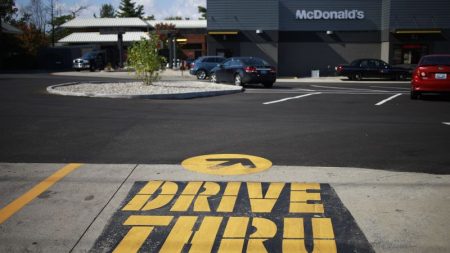Federal authorities and Boeing are investigating a rare incident in which a Southwest Airlines 737 Max 8 experienced a Dutch roll, causing the plane to make a figure-eight motion in flight. Despite no injuries to the passengers and crew, the aircraft suffered significant damage, prompting the FAA to classify the incident as an accident. The damage to the standby power control unit, which controls the rudder, was discovered during inspection, but it is unclear if this caused the roll or was a result of it. The plane has not flown since the incident, and Boeing has not provided any immediate comments on the matter.
Southwest Airlines has reported the incident to the FAA and NTSB, and is cooperating with the ongoing investigation. The NTSB has confirmed that an investigation has been opened, and data from the flight data recorder has been downloaded to determine the extent and severity of the event. However, voice recordings from the voice data recorder were overwritten. The investigation will seek to determine if the February FAA requirement for inspections of the rudder assembly is related to the Dutch roll experienced in May.
Dutch rolls are a rare and uncomfortable movement that most passengers and pilots have never experienced. This movement involves excessive rolling and yawing, causing the plane to shift back and forth. Pilots train for scenarios where yaw dampers fail, using simulators to simulate the experience and learn how to address it. Slowing the aircraft and descending to thicker air can help pilots get out of a Dutch roll, as modern airliners are designed to be stable in flight. However, Dutch rolls can be powerful forces, potentially leading to significant damage or danger, as seen in a 1959 incident with a Boeing 707.
The Dutch roll incident on the Southwest Airlines flight highlights the complexity and risks involved in aviation. While these movements are rare, they can have serious consequences if not addressed properly. Investigations by federal authorities and Boeing will seek to determine the cause of the incident and any potential connections to previous safety concerns. The ongoing cooperation between airlines, regulatory agencies, and manufacturers is crucial in ensuring the safety and security of air travel for passengers and crew. Airlines and pilots must remain vigilant and prepared to handle unexpected situations to prevent accidents and injuries in flight.















